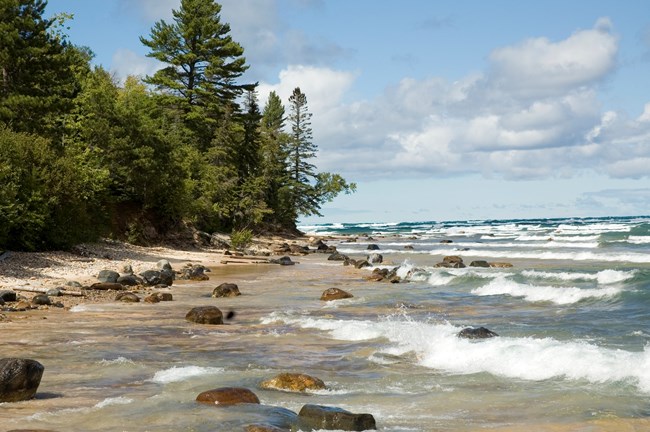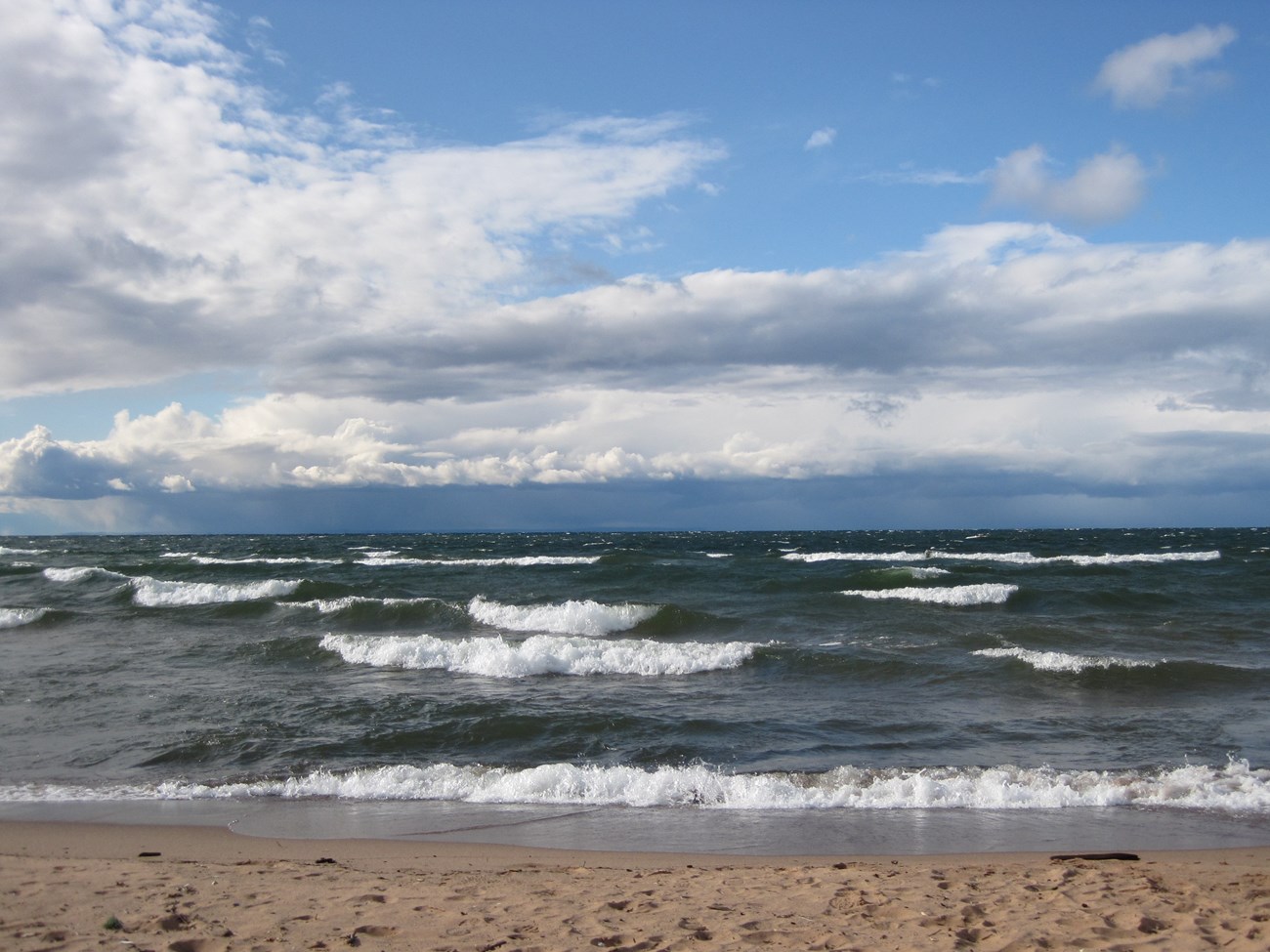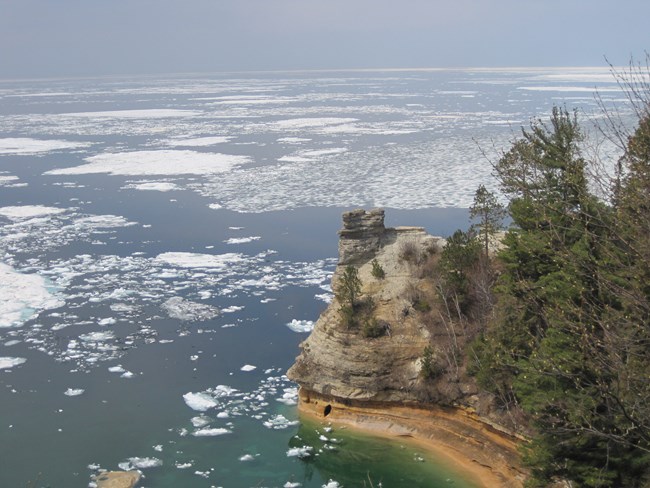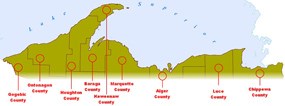Transcript
10 Awesome Facts About Lake Superior
Transcript: Hi there! I'm ranger Kristina here on the shore of Lake Superior at Pictured Rocks National Lakeshore. Today, we'll explore 10 reasons why Lake Superior is superior. [Waves Crashing] Lake Superior is the largest body of fresh water in the world by surface area. It's 31,700 square miles or 82,100 kilometers. That's about the size of the state of Maine. [Waves Crashing] If you stretch the coastline out, that would be like me driving this car from Boston, Massachusetts to Denver, Colorado. That's the equivalent of 1,826 miles or 2,938 kilometers. Let's go for a drive! [Ascending Xylophone Scale] [Waves Crashing] Lake Superior is the third largest lake in the world by volume. It's 2,900 cubic miles or 12,100 cubic kilometers. That's enough to cover all of North and South America in a foot or about 30 centimeters of water. [Waves Crashing] Large waves on Lake Superior are caused by groups of thunderstorms that change wind direction and air pressure around the lake. The tallest wave ever recorded was 28.8 feet or 8.77 meters! [Waves Crashing] With waves like that you can imagine there's a lot of shipwrecks. Lake Superior has claimed a total of 350 ships and only about half have ever been found. Most shipwrecks can only be viewed by scuba diving or glass bottom boat. But when the water level is low, you can see three on our shores. When you visit please be sure to leave the remains untouched and take only pictures. [Waves Crashing] The retention rate of Lake Superior is 191 years. So that means when I take this cup of water from the lake, I'm holding water that's been in there since before Michigan was even a state! [Waves Crashing] Lake Superior is the coldest great lake. Its average temperature is 40 degrees Fahrenheit or 4 degrees Celsius. It can be warmer along the shoreline during the summer. Which is refreshing on a hot day, but not so great if you fall out of your kayak. [Waves Crashing] Lake Superior has been described as the most oligotrophic lake in the world because it's so nutrient poor. It still has plenty of nutrients to support the plants and animals that live in it though. This lack of nutrients keeps the water as clear as you see it here. [Underwater Sounds] [Waves Crashing] The Ojibwe people are Native Americans who have lived in the Great Lakes basin since before the time of European settlement. In their language Lake Superior is "Gichigami", which translates to big water. [Waves Crashing] Lake Superior contains 10% of all of Earth's fresh water. If these 10 jars here, full of water represented all of the fresh water on earth. Then one full one, like this one here, would represent Lake Superior. [Waves Crashing] Now you might be thinking Lake Superior is called that because it's better than all the other lakes. But actually, it's called superior because it's more north, or above the other Great Lakes. And now you know why Lake Superior, is called superior. The Great Lakes especially Lake Superior, are a dynamic environment. The landscape and shore change daily. You never know what you may find, which is what keeps people coming back to Pictured Rocks National Lakeshore year after year. What will you find on our shores or at our park? For more information visit: www.nps.gov/piro. See you soon!
Visit our keyboard shortcuts docs for details
Join Ranger Kristina to explore Lake Superior at Pictured Rocks National Lakeshore. Great for all ages and anyone who is interested in Lake Superior.
(To view more videos about the park, check out our YouTube Channel!)

NPS photo "Lake Superior possesses all the sublimity of the ocean. In gazing upon its surface, whether stretched out like a vast mirror, reflecting the varying tints of the sky, or ruffled by gently–curling waves, or lashed by the fury of the storm, the beholder is alike impressed with a feeling of the grand and the infinite." 
NPS photo Some Lake Facts Lake Dynamics

NPS photo / Andrea Chynoweth Impacts on Pictured Rocks National Lakeshore 
Are you planning a summer kayak trip on the shores of Lake Superior? Ever wondered what the mouth of the Hurricane River looks like? The Superior Watershed Partnership website hosts the Lake Superior ShoreViewer. The ShoreViewer covers every Upper Peninsula coastal county (9) and township (32) bordering Lake Superior. It offers user-friendly advantages such as easy-to-recognize birds-eye oblique photography. It also provides detailed planning information including soils, elevation, slope, cover types, U.S. Geological Survey quad maps, color infrared photography and wetland data. |
Last updated: August 17, 2020
